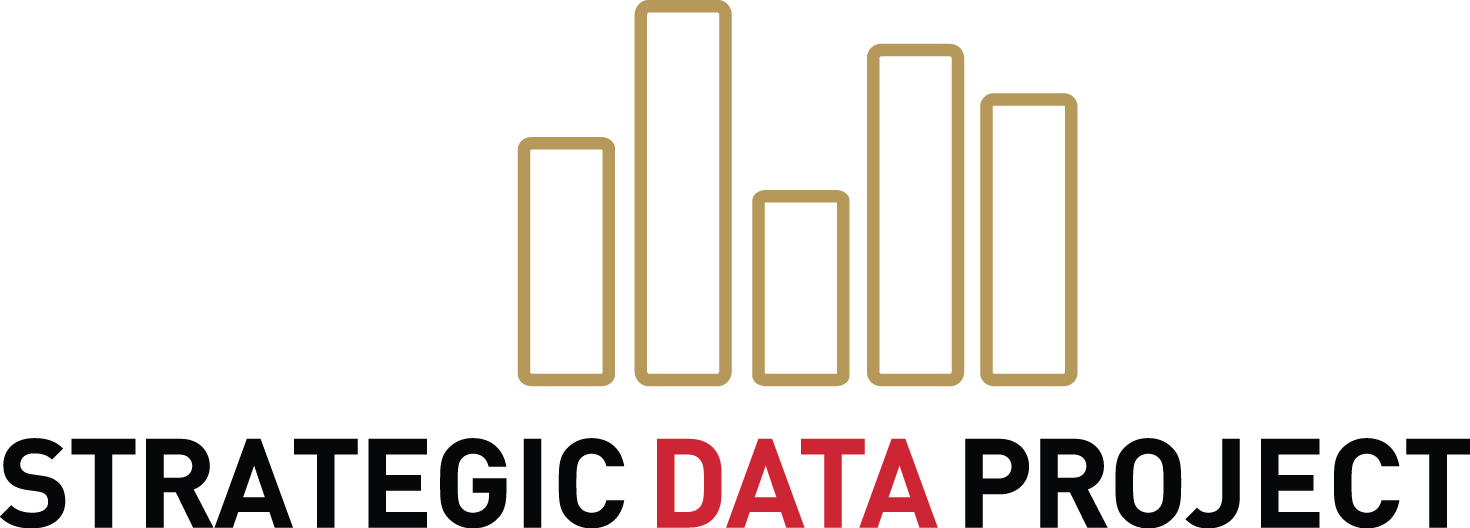In 2020, after more than a decade of focusing on resources for the K12 field, SDP expanded to encompass data use in higher education, with a special emphasis on postsecondary Career and Technical Education, or CTE. While much of the attention in higher education is focused on improving bachelor's degree attainment, SDP saw that a growing proportion of college students are seeking short term certificates and credentials and that these CTE students are more likely to be first-generation college students, students with children, and students who are also holding down jobs while studying. For these students, not enough was known about their pathways to success in the workforce.
Thus, SDP set out to remedy this knowledge gap and create a free tool to make it easier for states and institutions to ask and answer critical questions to understand and support student success: the SDP-CTE Diagnostic Toolkit. Now, an important new update will allow more analysts and organizations to investigate CTE outcomes and trends—without requiring a paid license for statistical programming software.
Thanks to a months-long translation project, the SDP-CTE Toolkit is available in both R and its original programming language, Stata, with the hope that this new option will broaden the toolkit’s accessibility and use in the field.
Both R and Stata are powerful, widely used languages for research and data analysis in the sciences and in government agencies. But there are key differences between them, according to Rachel Worsham, Senior Research Analyst at the Center for Education Policy and Research, who oversaw the translation project.
“Most significantly, R is free—if you already know how to use R, then you can just download it and go,” she said. “We also have provided enough guidance in the technical document for folks to use this whether or not they have access to Stata. These new R translations should save time for those users.”
In the spirit of building capacity, we want our work to reach organizations and education data leaders that aren’t a formal part of the SDP network. To that end, we’ve built a suite of free online tools and resources that are available to any school system, education agency, or researcher. That includes the OpenSDP Github, where researchers and analysts can share tools and trainings, and the Strategic Use of Data Rubric, which supports education leaders to identify and understand how they can effectively use data to drive progress.
Understanding CTE Outcomes
The toolkit includes a detailed narrative summary, technical guide, adaptable code, and sample visualizations, all of which are designed to support community colleges and other postsecondary CTE-focused institutions to identify pathways and barriers to student success. Analysts can use the toolkit to gather detailed student enrollment, demographic, and performance data. Then, they can adapt and apply ready-made code to analyze data and create visualizations like the sample figure below, which shows students’ enrollment decisions and success outcomes over time and by program pathway.
A sample visual from the toolkit

The toolkit also guides analysts to answer key questions about transfer and enrollment rates by pathway, whether required “gateway” classes are getting in the way of student completion, and if students are more successful if they earn more credits early on. These analyses can help institutions support the growing numbers of CTE students by identifying which students are succeeding and which requirements are common barriers to success, Worsham said.
“For example, if you see that lots of students are failing pre-Algebra, and also that failure in pre-Algebra seems to be related to a decreased likelihood of graduating, then you know to look further into providing resources to pre-Algebra students,” Worsham said.
Using Data to Target Support
While these questions may seem straightforward, many CTE-focused institutions have not had the institutional research and data-analysis capacity to answer them. Publicly funded community colleges have demanding data reporting requirements from their states or authorizing agencies, which can limit time to investigate and diagnose trends. Meanwhile, higher education research focused on CTE is relatively limited, even though such programs have experienced steep enrollment gains in recent years.
These analyses can yield powerful insights. For example, two former SDP-CTE ECMCF Fellows created a similar data toolkit at Valencia College, an open-access community college in Florida. Among other insights, the fellows found that nearly one-third of first-time students who had earned a 2.0 grade-point average did not complete a credential or transfer elsewhere. This finding shaped an internal discussion at the institution about which programmatic supports and structures could retain more of these students.
With a free suite of open-source tools, any institution can ask and answer these same questions. It’s a powerful opportunity to better meet the needs of CTE students, whose career trajectories may hang in the balance.
